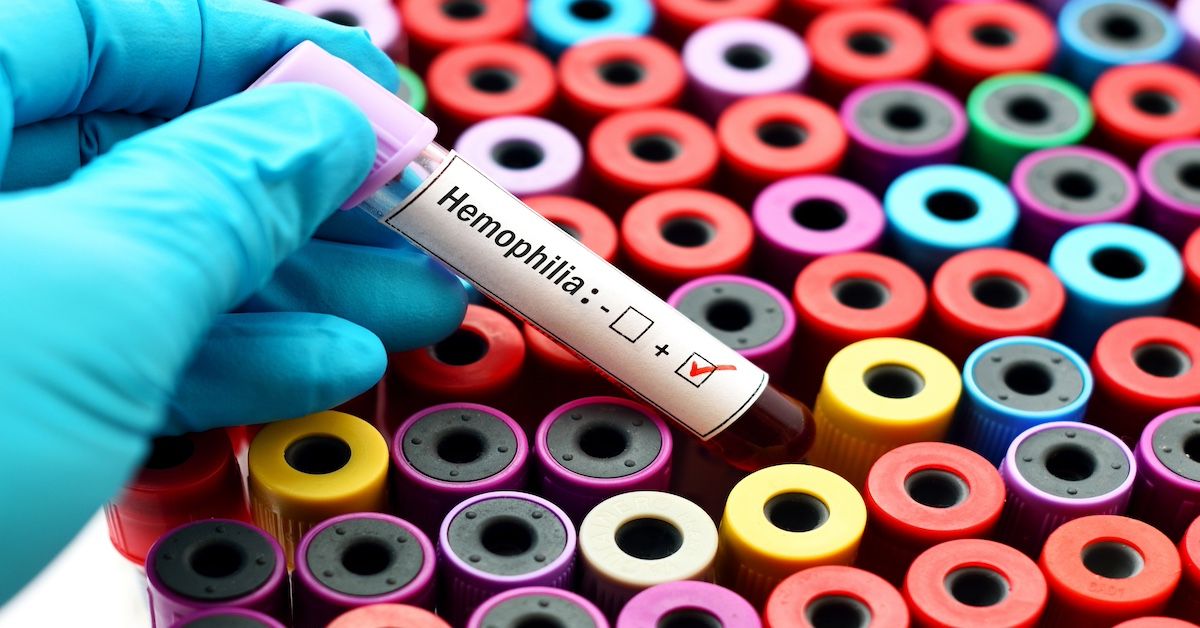Article
Top 5 Most-Read Rare Blood Content of 2022
Author(s):
The most-read rare blood articles included studies on cold agglutinin disease , hemophilia B gene therapy, autoimmune hemolytic anemia, and hereditary thrombotic thrombocytopenia purpura.
This year’s most-read rare blood articles on AJMC.com covered topics on identifying biomarkers and possible technologies for improving screening and treatment in patients with a rare blood disease.
Here is the tope 5 most-read rare blood content of 2022.
5. Heavy/Light Chain Assay Useful Marker in Cold Agglutinin Disease, Study Suggests
A study covered in an August article suggested that heavy chain/light chain assay (HLC) may be more effective in detecting and quantifying monoclonal immunoglobin in patients with cold agglutin disease (CAD) compared with standard modalities. In this study, HLC was able to identify biomarkers for CAD that went undetected using serum protein electrophoresis and immunofixation assays.
4. Sutimlimab Improves Patient-Reported QOL in Cold Agglutinin Disease
In the phase 3 multicenter CARDINAL study, covered in this October article, patients with CAD reported an improved quality of life that persisted throughout treatment when receiving sutimlimab. Furthermore, most participants in this study reported that their disease had improved, and none of the patients who had completed the trial reported severe fatigue at the end of the study.
3. Hemophilia B Gene Therapy Produces Durable Response for 90% of Participants
In the phase 1/2 B-AMAZE trial, a single gene therapy injection improved factor IX levels in 9 of 10 patients with hemophilia B and erased the need for weekly replacement therapy. The findings of this study suggest FLT180a may be effective in treating patients with severe or moderately severe hemophilia B, according to our summary published in July.
2. Study Identifies Risk Factors for Thrombosis in Patients With AIHA
A retrospective study aimed to evaluate risk factors for thrombosis, a potential complication of autoimmune hemolytic anemia (AIHA). In this study, the researchers identified elevated lactate dehydrogenase levels, infectious complications, receiving transfusions, rituximab, and cyclophosphamide as risk factors for thrombosis incidence.
1. In Hereditary TTP, Neuropsychiatric Symptoms, Stroke Are Common
One report stressed the importance of early prophylaxis in patients with hereditary thrombotic thrombocytopenic purpura (hTTP), in whom neuropsychiatric symptoms such as strokes are common. In this report, 63% of patients experienced a stroke, with a median first-stroke age of 26 years. In most cases, the stroke occurred before the patient was diagnosed with hTTP, which further stressed the importance of early biomarker activity measurement.





